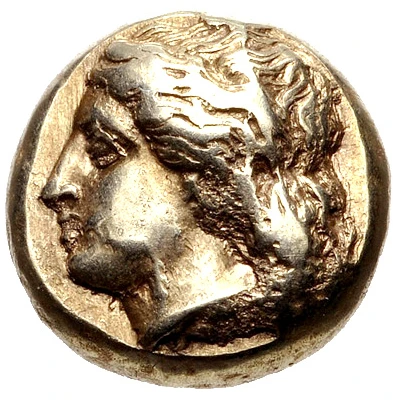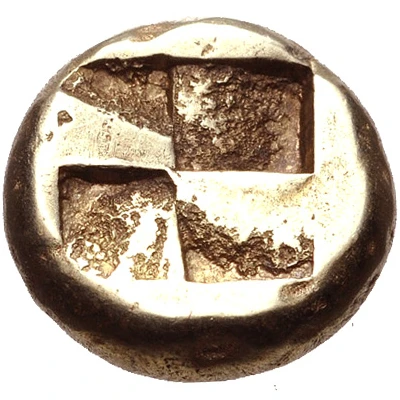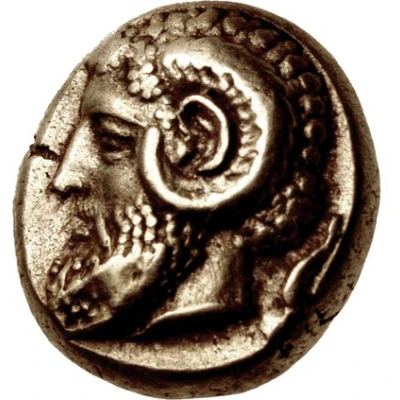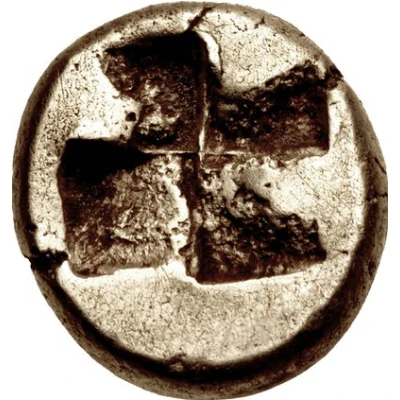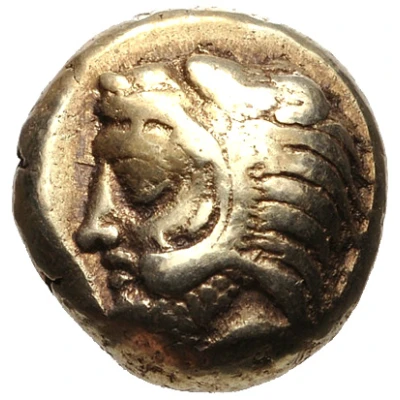
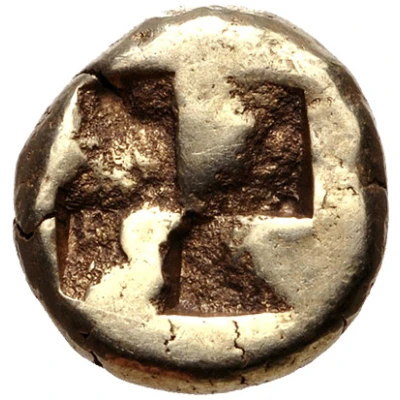

© Classical Numismatic Group, Inc.
Hekte 478 BC - 387 BC
| Electrum | 2.54 g | 10.0 mm |
| Issuer | Phokaia (Ionia) |
|---|---|
| Type | Standard circulation coin |
| Years | 478 BC - 387 BC |
| Value | Hekte (10⁄3) |
| Currency | Drachm |
| Composition | Electrum |
| Weight | 2.54 g |
| Diameter | 10.0 mm |
| Shape | Round (irregular) |
| Technique | Hammered, Incuse |
| Demonetized | Yes |
| Updated | 2024-10-10 |
| Numista | N#147953 |
|---|---|
| Rarity index | 100% |
Reverse
Quadripartite incuse square
Interesting fact
The Hekte coin was used as a form of currency in the ancient Greek city of Phokaia (Ionia) during the 5th century BC. Despite its small weight of 2.54 grams, it was considered a valuable unit of exchange, equivalent to a day's wage for a skilled worker. This coin's value was based on the scarcity of the metal it was made of, electrum, which was a naturally occurring alloy of gold and silver. The Hekte coin's value was also influenced by the political and economic power of Phokaia at the time, which was an important center of trade and commerce in the ancient Greek world.
